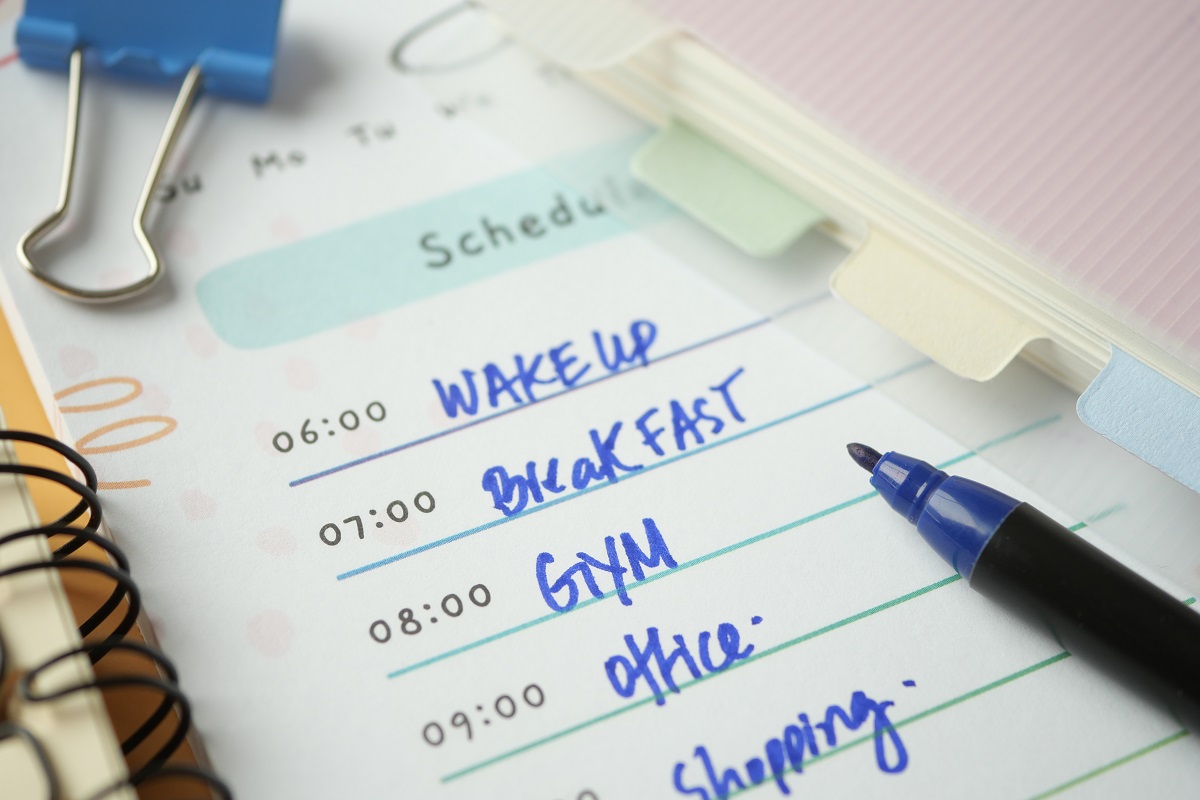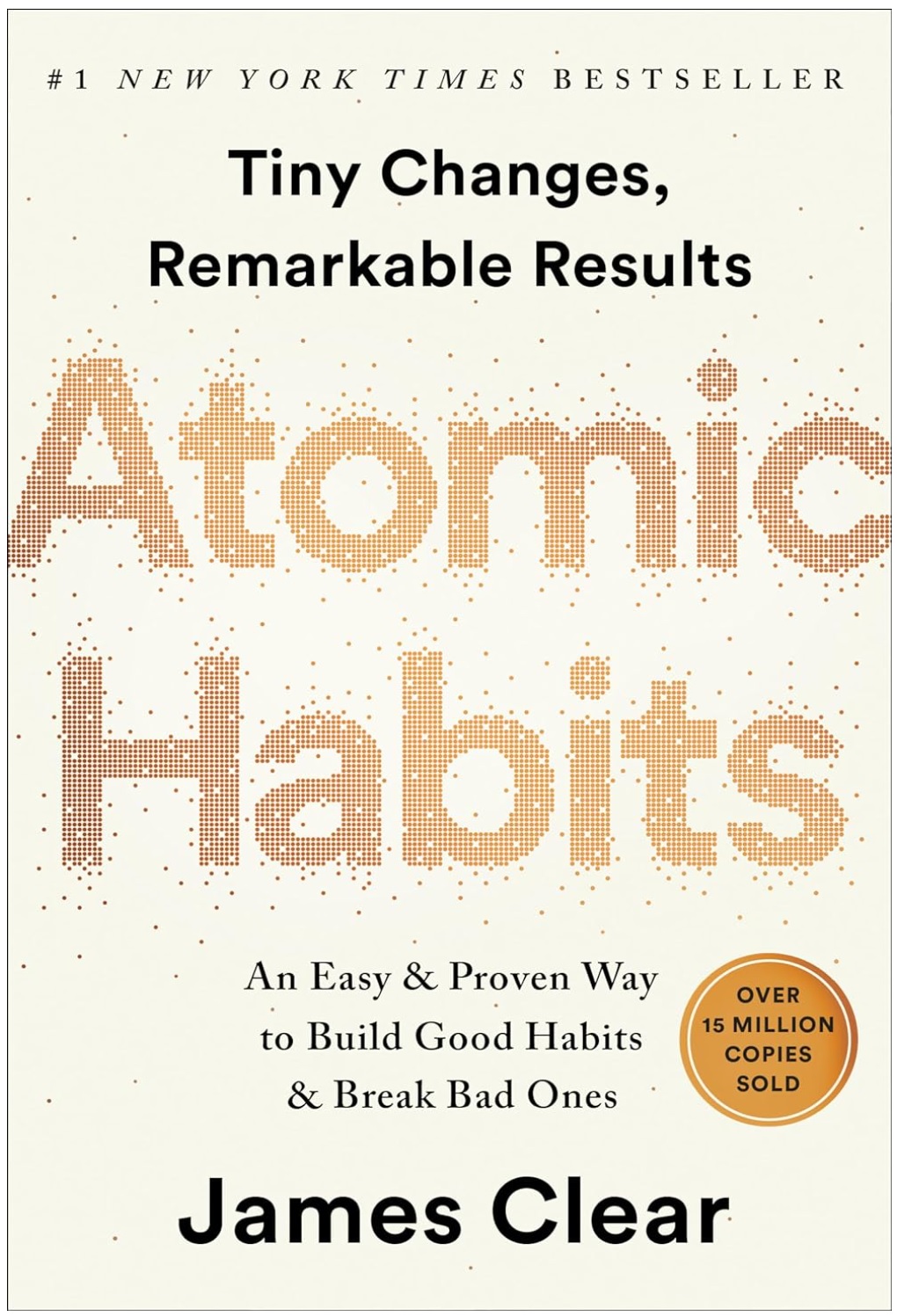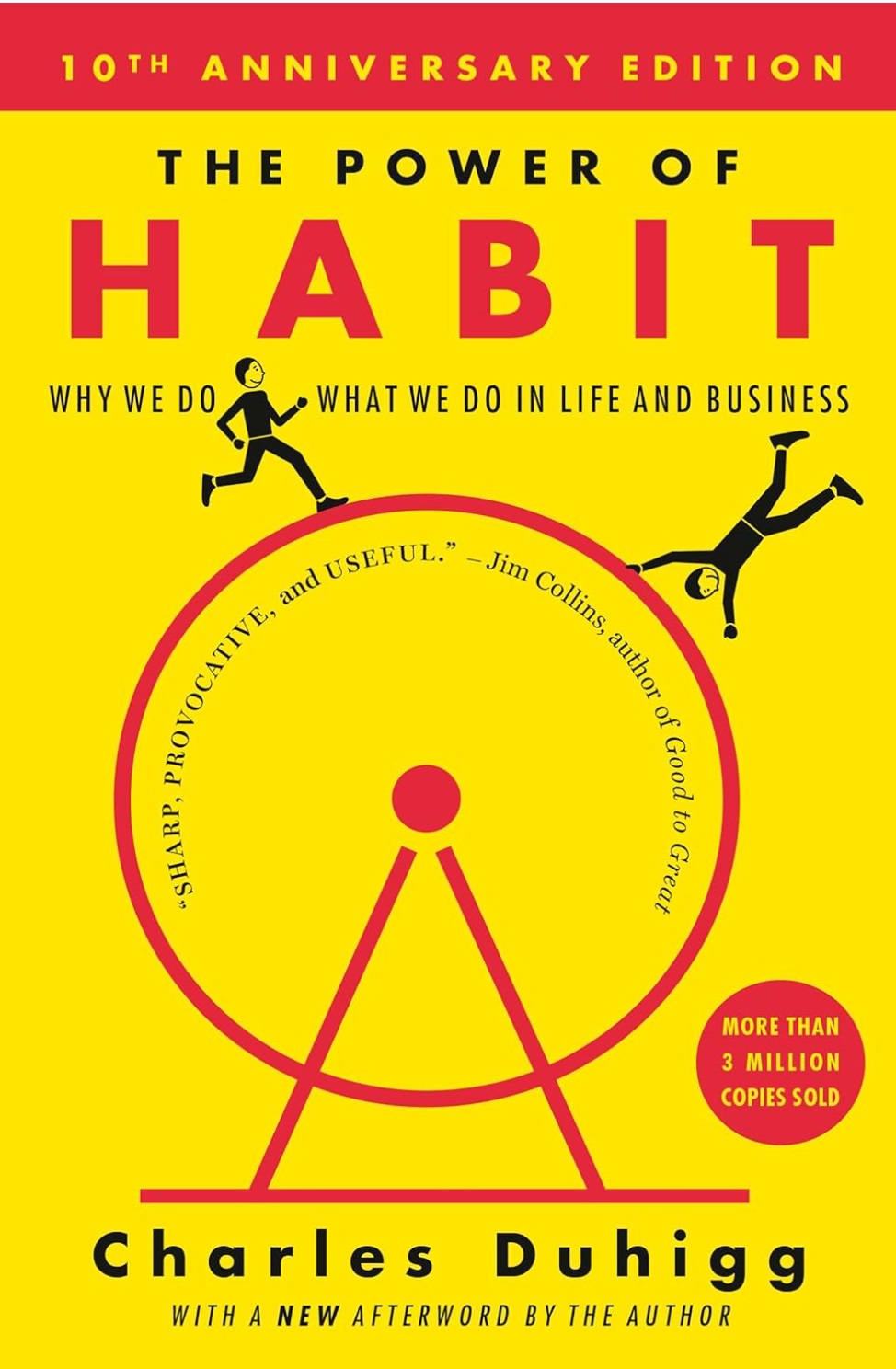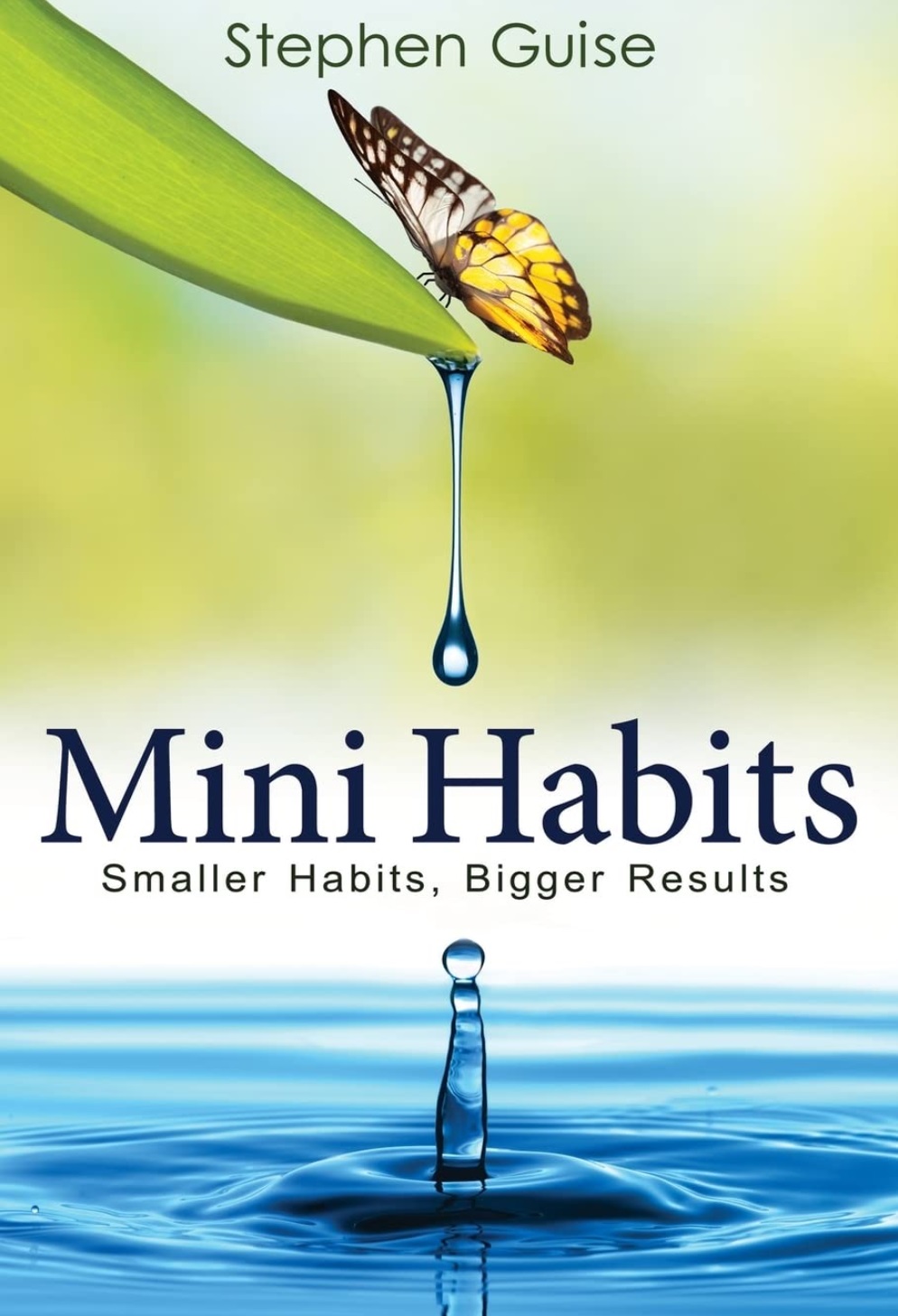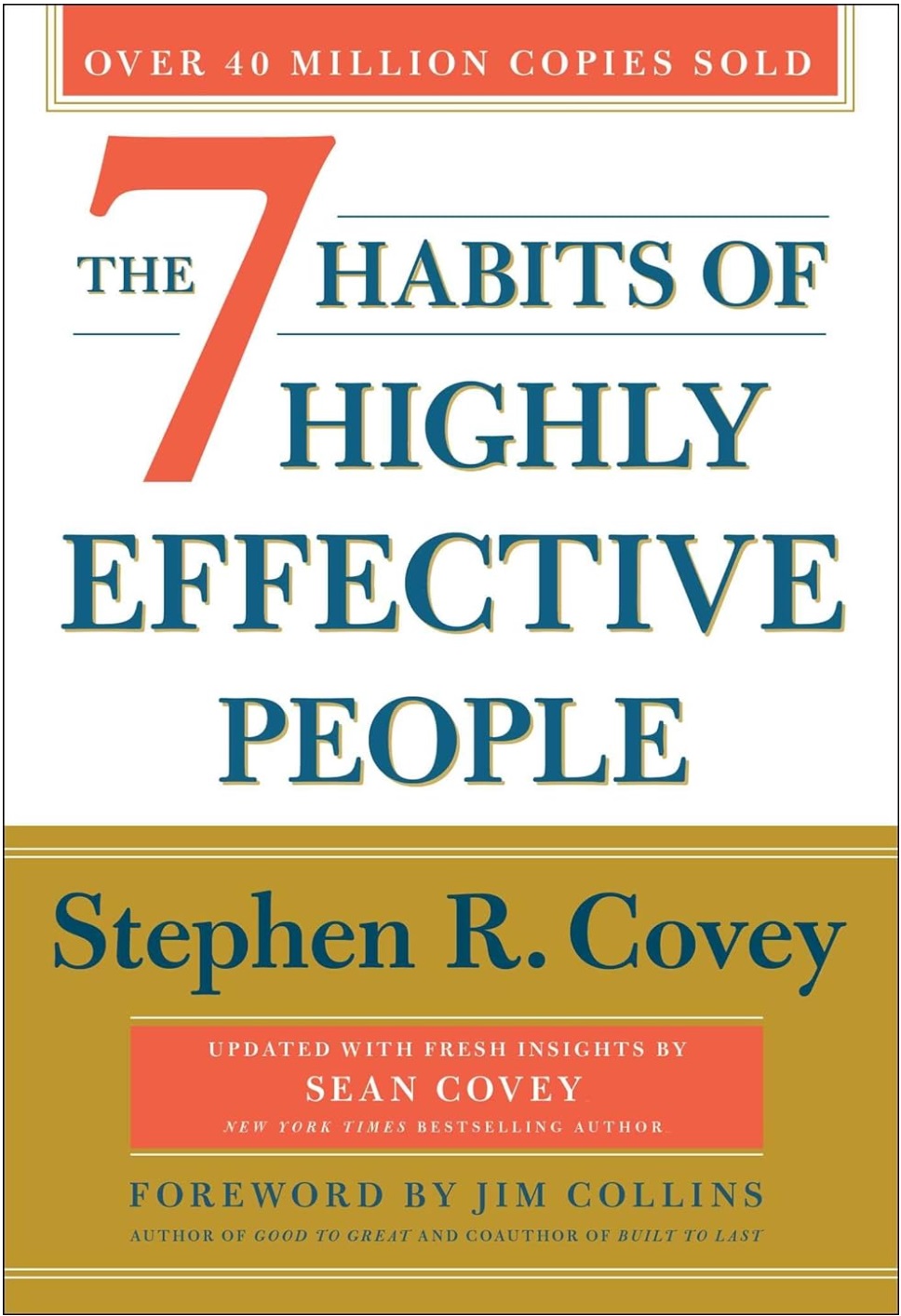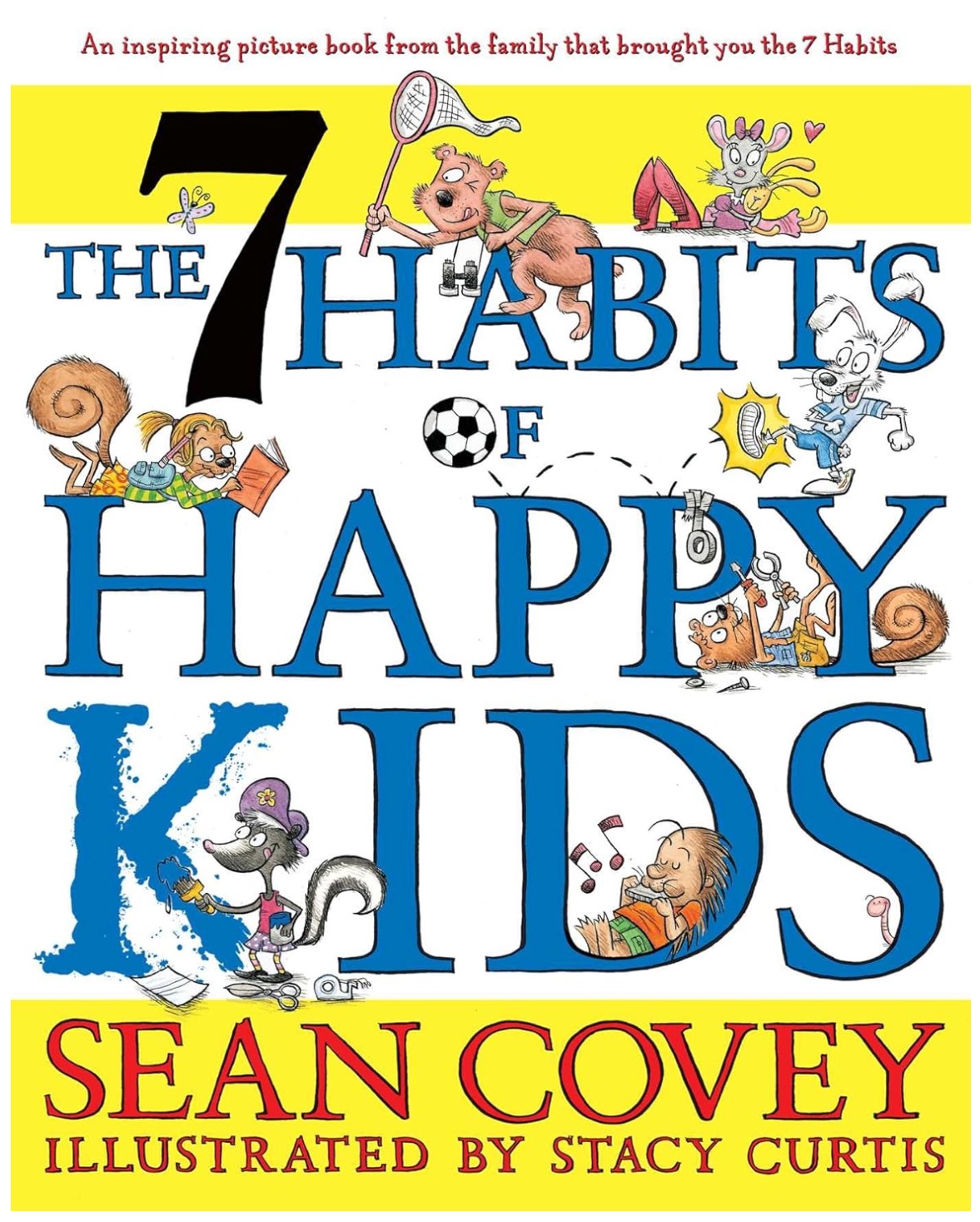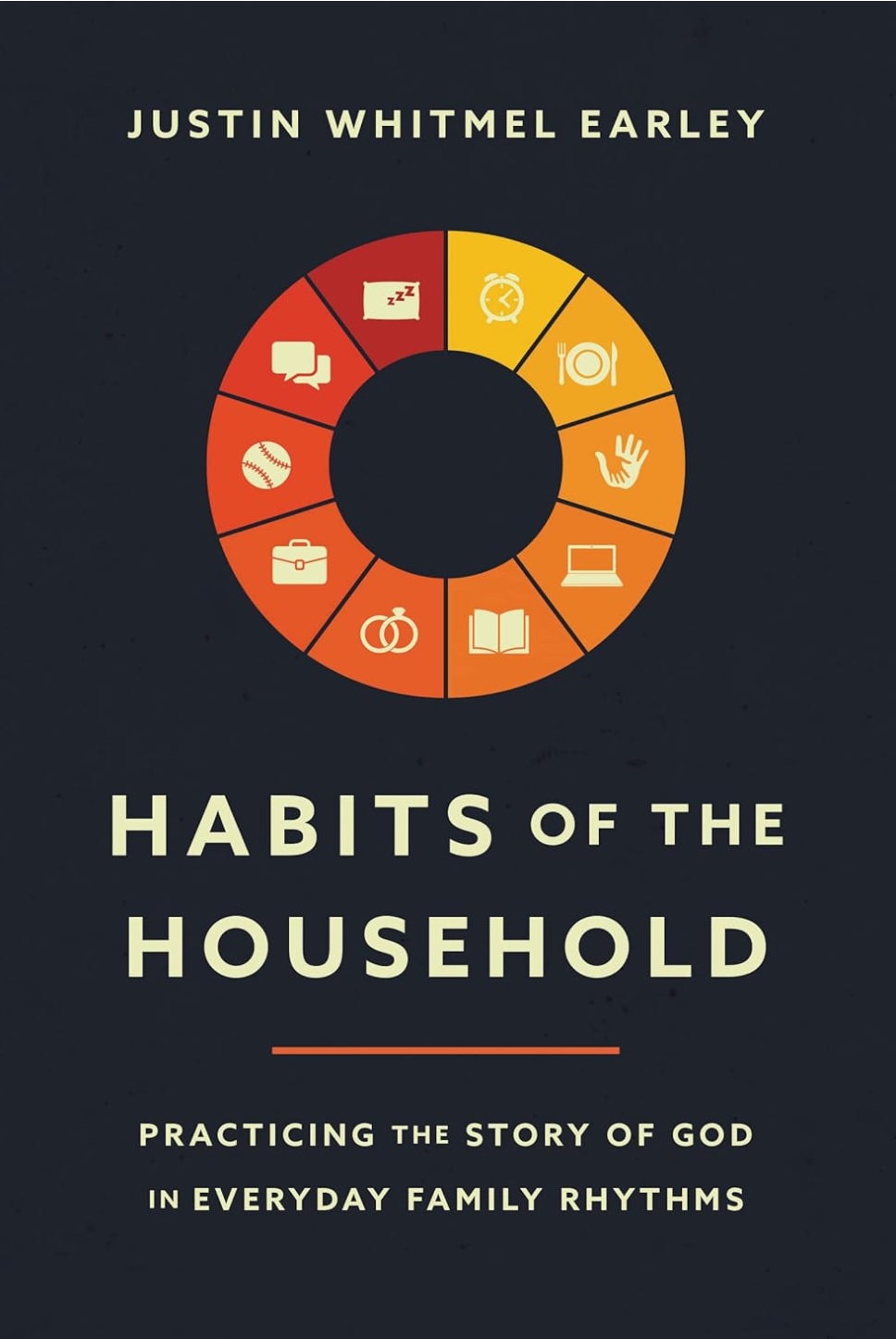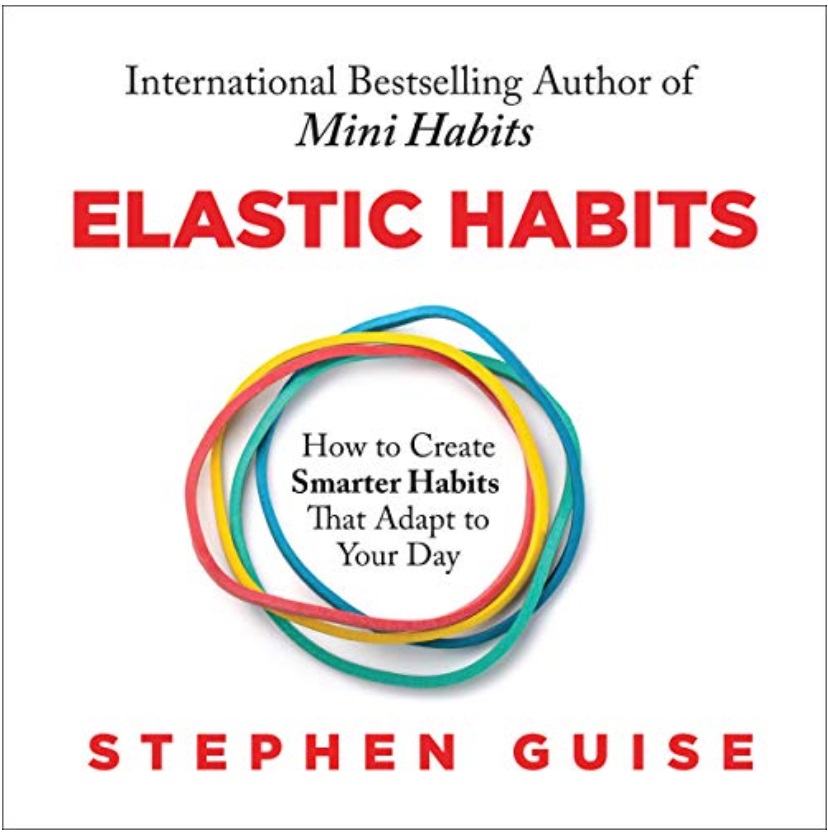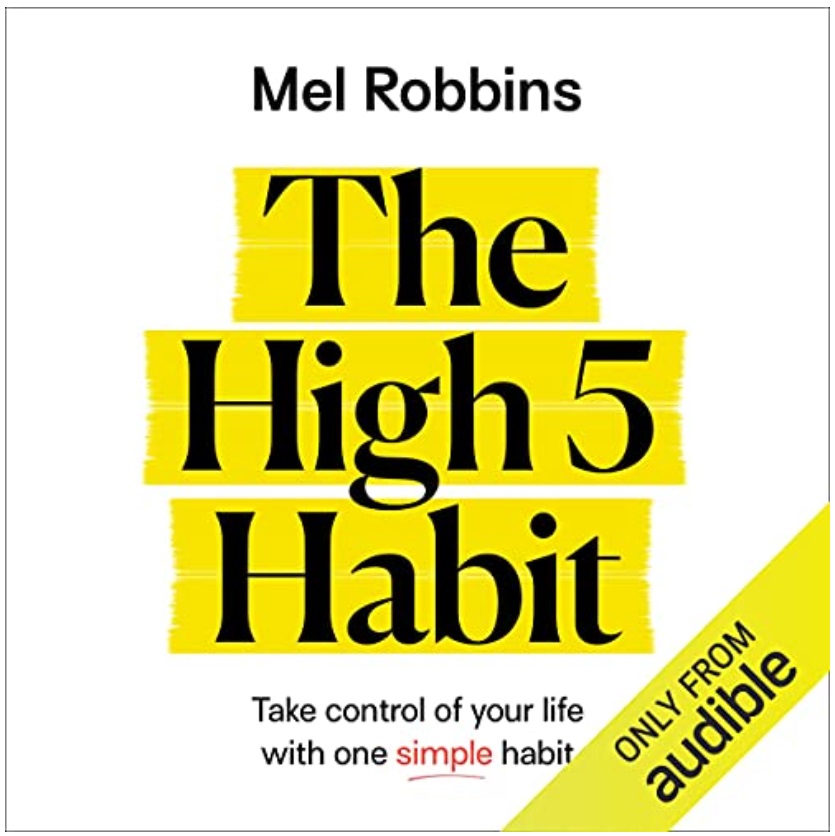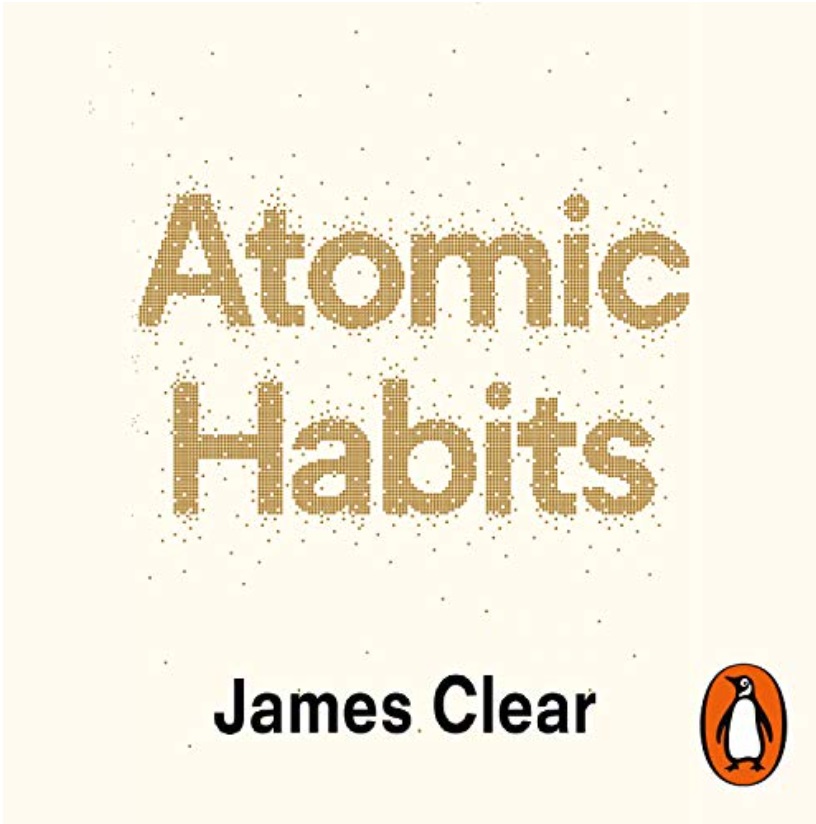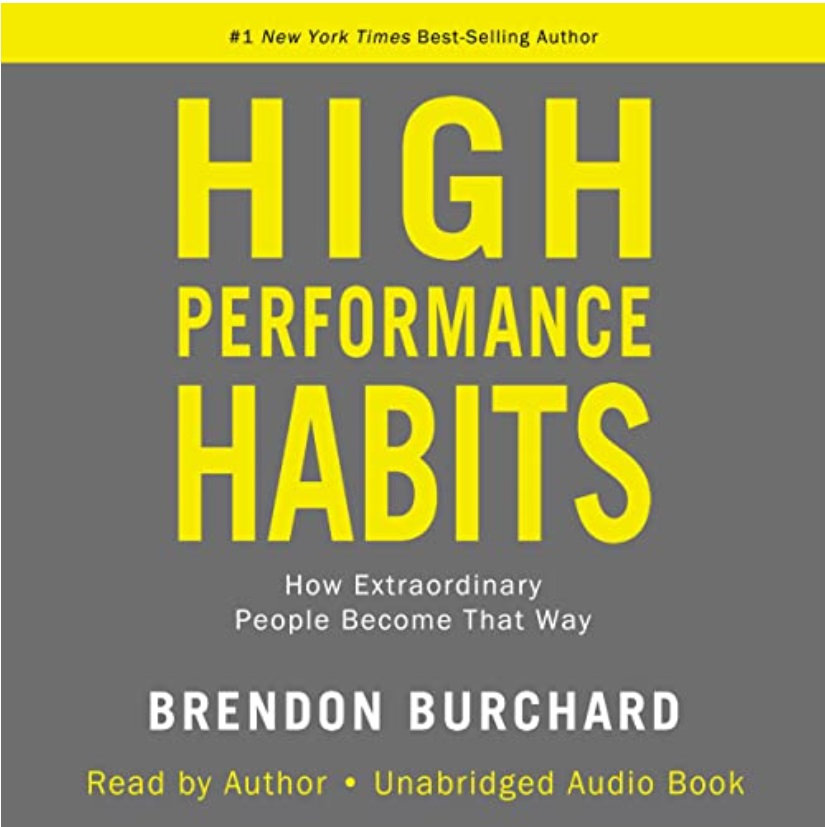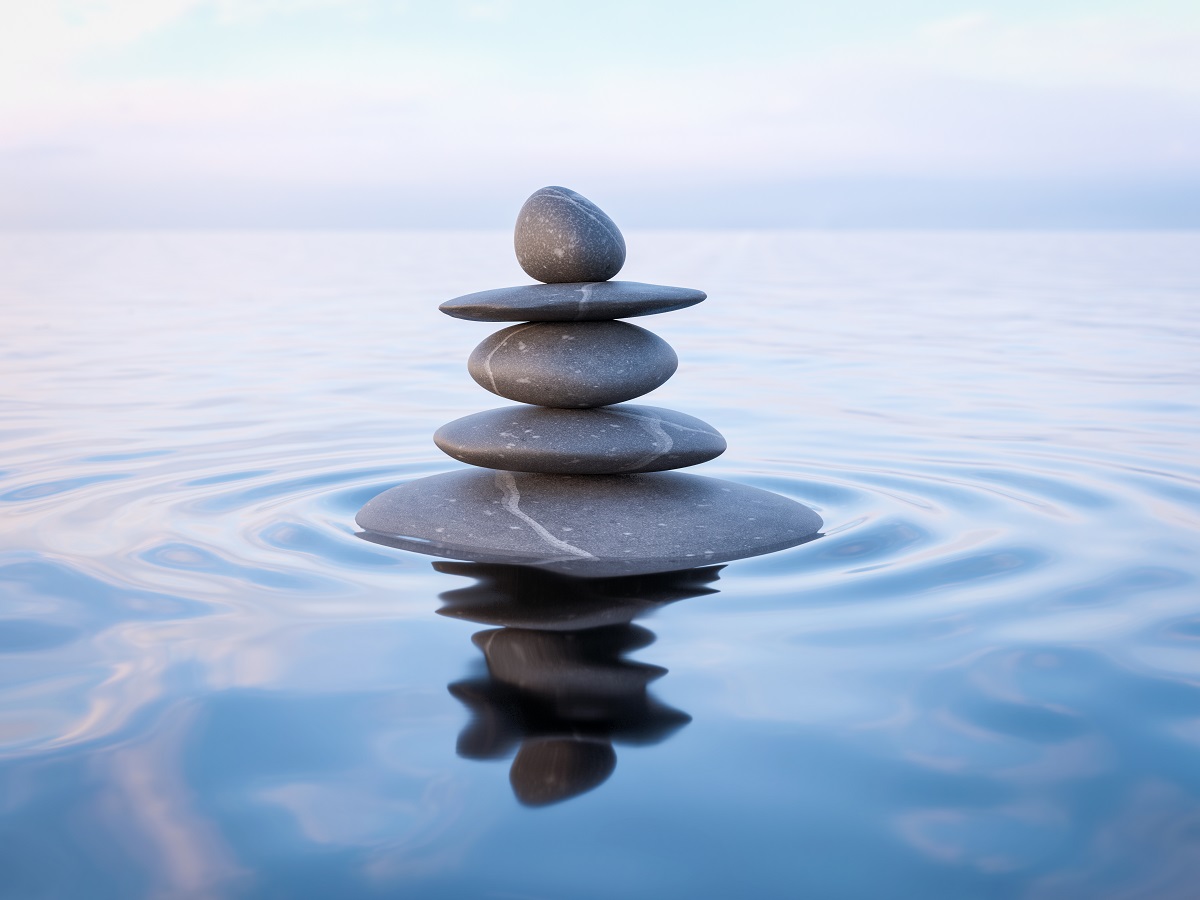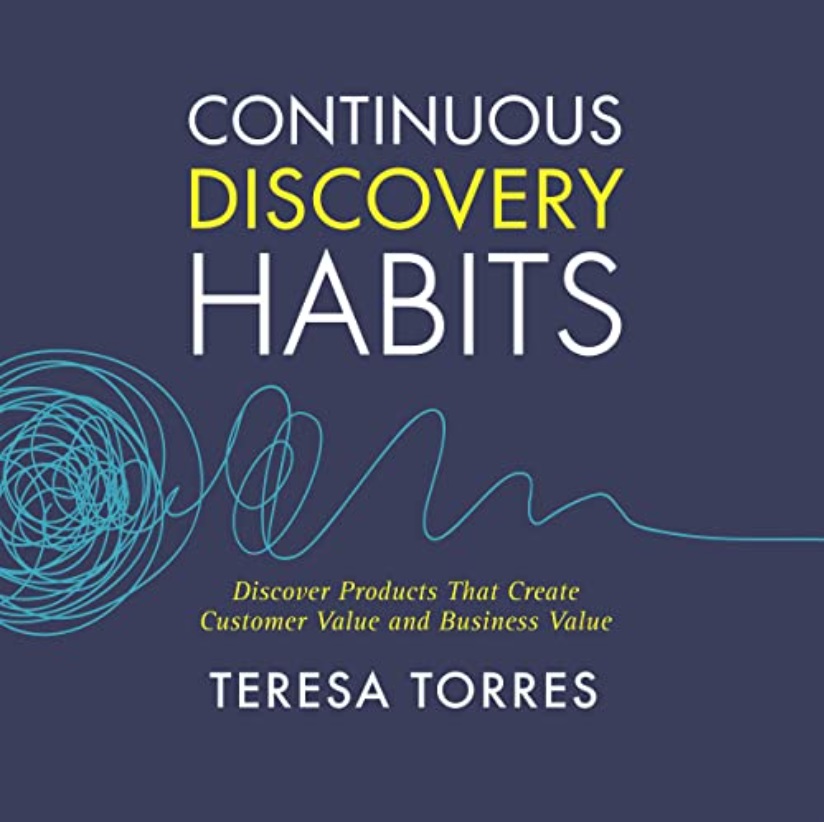- KEY POINTS
- Develop deep work habits by eliminating distractions and creating focus blocks to improve concentration and productivity.
- Use visual cues, music, and dedicated spaces to trigger focus and sustain deep work sessions.
- Celebrate small wins and track progress to build momentum and reinforce deep work routines.
Staying focused in a world filled with distractions can feel like an uphill battle. I know the struggle all too well—between social media, emails, and endless notifications, finding a moment of uninterrupted concentration can seem impossible. But over the years, I’ve learned that developing a few simple yet powerful deep work habits has transformed how I approach my tasks and sharpened my concentration.
Deep work isn’t about working harder; it’s about working smarter by creating environments and habits that support focus. In this post, I’ll share practical habits that help me get into a state of flow and stay there. Whether you’re a student, entrepreneur, or someone juggling multiple responsibilities, these tips will help you cut through the noise and boost your productivity.
Table of Contents
ToggleCreate a Dedicated Workspace
I used to work from the couch, kitchen table, or wherever I felt comfortable. But I quickly realized that my brain associated these places with relaxation rather than work. Creating a dedicated workspace changed everything. Now, when I sit at my desk, my mind knows it’s time to focus.
Your workspace doesn’t have to be extravagant. A quiet corner, a comfortable chair, and a clutter-free desk can do wonders. I also like to keep a small plant and a notebook nearby. These little touches make the space inviting and help reduce mental clutter.
Reflect:
- Is your workspace free from distractions?
- How can you create a more focused environment with what you already have?
Eliminate Digital Distractions
One of the biggest obstacles to deep work is the constant ping of notifications. I used to keep my phone next to me while working, but even a quick glance at a message would derail my focus for several minutes. Now, I put my phone in another room or switch it to “Do Not Disturb” during deep work sessions.
Additionally, I use browser extensions like “Freedom” or “Cold Turkey” to block distracting websites. This has significantly improved my ability to stay focused for longer periods. Even reducing digital distractions by 10-15% can lead to noticeable improvements in productivity and mental clarity.
Reflect:
- How often do you check your phone or social media while working?
- What steps can you take to minimize these distractions during deep work?
Time Block for Deep Work
One of the most transformative habits I’ve adopted is time blocking. I used to jump from task to task, thinking I was multitasking effectively. In reality, I was spreading my attention too thin. By dedicating specific blocks of time to focused work, I’ve been able to accomplish more in less time.
Every morning, I set aside 90-minute deep work sessions where I focus on one critical task. I choose the most mentally demanding task first, while my energy is highest. After the session, I take a short break before diving into less intensive work. This simple shift has doubled my productivity.
If you’re new to time blocking, start small. Even 30-minute sessions can help you build the habit. Over time, you’ll notice that your ability to concentrate will strengthen, and you’ll be able to extend your focus periods naturally.
Reflect:
- What time of day are you most productive?
- Can you set aside 30-60 minutes daily for distraction-free focus?
Set Clear Goals Before Each Session
A major roadblock to deep work is not knowing what to focus on. I’ve learned that if I don’t outline my goals beforehand, I end up wasting time deciding where to start. Now, before each deep work session, I jot down 1-3 specific tasks I want to accomplish.
For example, instead of writing “Work on project,” I break it down to “Write 500 words for project introduction.” This clarity keeps me on track and eliminates decision fatigue. Clear, actionable goals give my work direction and prevent the overwhelm of larger projects.
Reflect:
- Are your goals clear and specific before starting a task?
- How can you break down big tasks into smaller, actionable steps?
Practice Single-Tasking
Multitasking was my go-to approach for years—until I realized it was slowing me down. Studies show that switching between tasks can reduce productivity by as much as 40%. I’ve since embraced single-tasking, focusing on one thing at a time.
I use a simple strategy: I close all unnecessary tabs, silence my phone, and remove anything unrelated to the task at hand. When my attention drifts, I gently bring it back to the task. This small shift has significantly improved my ability to complete projects faster and with higher quality.
Reflect:
- How often do you multitask during the day?
- Can you create an environment that supports single-tasking?
Prioritize Rest and Mental Breaks
One surprising habit that has enhanced my focus is scheduling regular breaks. I used to think powering through long hours without rest was a sign of dedication. But I found that after about 90 minutes, my concentration would wane, and I’d start making mistakes.
Now, I follow the Pomodoro Technique – 50 minutes of deep work followed by a 10-minute break. These short pauses allow my brain to recharge, preventing burnout and boosting my ability to maintain focus throughout the day. During breaks, I step away from screens, stretch, or take a quick walk outside.
I’ve noticed that these moments of rest actually enhance creativity and problem-solving. I often return to my desk with fresh ideas and renewed energy, which makes the next work session more productive.
Reflect:
- Do you take regular breaks during long work sessions?
- What non-digital activities can you incorporate into your break times?
Eliminate Digital Distractions
Distractions were my biggest obstacle to deep work. Every time a notification popped up, I’d instinctively check my phone or email. Even if it only took a minute, it disrupted my flow. Now, I turn off all notifications and set my phone to “Do Not Disturb” during deep work sessions.
I also use website blockers for social media and distracting sites. I let family and colleagues know when I’m in focus mode to minimize interruptions. This simple boundary-setting has drastically improved the quality of my work.
If technology is a frequent distraction, try decluttering your digital workspace by closing unused tabs and organizing your desktop. A clean, distraction-free digital environment can significantly sharpen your focus.
Reflect:
- Which apps or websites tend to pull your attention away?
- Can you dedicate time each day to “Do Not Disturb” mode?
Optimize Your Workspace for Focus
Your environment plays a huge role in your ability to concentrate. When my workspace was cluttered, my mind felt the same way – scattered and overwhelmed. I’ve since created a dedicated space for deep work, free of unnecessary items.
I keep only the essentials on my desk – a notebook, water bottle, and my laptop. I also make sure to have good lighting and a comfortable chair. This simple adjustment signals to my brain that it’s time to focus.
Consider adding small elements like a plant, which can improve mood and productivity. An organized, calming environment makes deep work feel more inviting and sustainable.
Reflect:
- Is your workspace free of unnecessary clutter?
- How can you make your environment more conducive to focus?
Practice Mindfulness to Train Your Focus
Mindfulness has been a game-changer for my concentration. At first, I thought mindfulness was just about sitting quietly and breathing – but I quickly learned it’s much more. Mindfulness is about being fully present in whatever task I’m doing, without letting my thoughts drift to unrelated worries or distractions.
One habit I’ve developed is starting my day with 5-10 minutes of mindful breathing. I sit in silence, focus on my breath, and gently bring my attention back when my mind wanders. This simple practice has improved my ability to stay grounded and focused throughout the day.
I also practice mindful work by eliminating multitasking. I used to switch between emails, tasks, and messages, thinking I was being productive. In reality, I was spreading my attention too thin. Now, I fully commit to one task at a time, which has significantly boosted my efficiency.
Reflect:
- How often do you catch your mind wandering during tasks?
- Could you dedicate 5 minutes a day to mindful breathing or focus exercises?
Incorporate Physical Movement into Your Day
I underestimated how much physical movement impacts mental clarity until I started adding short bursts of exercise into my routine. Sitting for hours on end drained my energy, leaving me sluggish. Now, I break up my day with quick walks, stretching, or light yoga.
Even a 10-minute walk outside clears my head and helps me return to work feeling refreshed. On days when I’m pressed for time, I’ll stand and stretch between tasks or do a brief body scan to release tension. Movement doesn’t just improve physical health – it sharpens focus and enhances creativity.
If you have a sedentary job, consider scheduling mini movement breaks. A little goes a long way in boosting both your mood and mental sharpness.
Reflect:
- How often do you take movement breaks during the day?
- Can you add a short walk or stretch after long periods of sitting?
Limit Multitasking and Batch Similar Tasks
Multitasking used to feel like a badge of honor – the more tasks I juggled, the more productive I thought I was. But I quickly realized multitasking was fragmenting my attention and reducing the quality of my work. Now, I batch similar tasks together and give each one my full focus.
For example, I dedicate specific blocks of time to answer emails instead of constantly checking my inbox. I also batch creative work in the mornings when my energy is highest and reserve administrative tasks for the afternoon. This simple shift has improved both my efficiency and the overall quality of my output.
Reflect:
- Are you frequently switching between tasks?
- How can you group similar tasks to minimize context-switching?
Create a Pre-Work Ritual
One of my favorite ways to signal to my brain that it’s time for deep work is by creating a pre-work ritual. This could be as simple as making a cup of tea, listening to calming music, or lighting a candle before I start. These small actions trigger a shift in mindset, preparing me for focused, uninterrupted work.
I’ve found that rituals create consistency, which strengthens my ability to slip into deep work mode more easily over time. The predictability soothes my mind and allows me to transition seamlessly into a state of concentration.
Reflect:
- Do you have a ritual that helps you get into work mode?
- What small, enjoyable habit can you add to start your deep work sessions?
Minimize External Interruptions
Interruptions used to derail my focus constantly. Whether it was notifications, emails, or even someone stopping by to chat, I’d find myself losing momentum and struggling to get back into the flow of work. To counter this, I set up boundaries to protect my focus time.
One of the simplest changes I made was silencing non-essential notifications. I used to feel the need to respond immediately to every message, but I’ve realized most things can wait. I also put my phone in another room during deep work sessions, which significantly reduces temptation.
Additionally, I started communicating my focus hours to others. Whether it’s blocking time on my calendar or letting colleagues know I’m in “do not disturb” mode, setting clear expectations helps reduce interruptions.
Reflect:
- How often are you interrupted during work?
- Could you implement notification-free periods or block out focus hours on your calendar?
Set Mental Boundaries for Better Focus
Even when external distractions are minimized, internal distractions can persist. I used to sit down to work, but my mind would wander to things like my to-do list or unrelated worries. This mental clutter pulled me away from the task at hand, making it hard to concentrate deeply.
To combat this, I began practicing “brain dumping” before work sessions. I take a few minutes to write down everything on my mind, freeing up mental space. This habit not only clears my head but also helps me prioritize my tasks.
Another strategy I use is visualizing my goals for the work session. I picture myself completing the task, which anchors my focus and boosts motivation. This simple mental shift helps me stay present and committed.
Reflect:
- What thoughts often distract you during work?
- Could you try writing them down before starting deep work?
Time Block for Deep Work
Time blocking has transformed how I structure my day. Instead of working reactively, I plan specific periods for deep, uninterrupted work. I’ve found that dedicating 90-minute blocks to high-priority tasks allows me to enter a state of flow without feeling rushed.
I schedule these blocks during my peak productivity hours, which for me is in the morning. By aligning deep work with the times I feel most alert and creative, I maximize output and avoid burnout. I also build in short breaks between blocks to recharge and reset.
Reflect:
- When are you most productive during the day?
- Can you schedule 1-2 deep work blocks during this time?
Prioritize One Important Task Each Day
There was a time when I’d create long to-do lists, only to feel overwhelmed by the sheer number of tasks. I’d jump between projects, barely making progress on anything significant. Now, I identify one key task each day that will have the greatest impact, and I tackle it first.
By prioritizing the most important work upfront, I set a positive tone for the day. Even if unexpected tasks arise later, I know I’ve already accomplished something meaningful. This habit simplifies my workflow and prevents procrastination.
Reflect:
- What is the most important task you could focus on tomorrow?
- Can you commit to completing that task first before anything else?
Create a Distraction-Free Environment
The space I work in plays a big role in how well I can concentrate. I used to leave clutter on my desk, thinking it didn’t affect me – but it did. Now, I take a few minutes each morning to tidy my workspace. A clean, organized environment feels calming and helps me stay mentally sharp.
I also personalize my workspace with plants, minimal décor, and soft lighting. These small touches make my work area inviting and inspire creativity. When my surroundings feel intentional, I find it easier to stay focused.
Reflect:
- How does your current workspace affect your focus?
- What small changes could you make to reduce clutter or distractions?
Stay Consistent with Deep Work Habits
One of the hardest parts of developing deep work habits is consistency. I used to start strong but would slowly slip back into old patterns of distraction. I’ve learned that the key to staying consistent is treating deep work like a daily ritual.
I make deep work non-negotiable by adding it to my calendar. Just like a meeting or appointment, I block time for focused work and protect it fiercely. Over time, this routine has become second nature. On days when I feel less motivated, I remind myself how rewarding it feels to finish important tasks early in the day.
Another tip that has helped me stay on track is reflecting at the end of each week. I take 10 minutes to review how much deep work I completed and identify what could be improved. This small practice keeps me accountable and encourages me to continue refining my focus habits.
Reflect:
- How can you add deep work to your daily schedule?
- Could you track your progress weekly to maintain momentum?
Use Visual Cues to Trigger Focus
I’ve found that visual cues play a huge role in signaling my brain that it’s time for deep work. Simple habits like clearing my desk, putting on noise-canceling headphones, or lighting a candle help me transition into focus mode. These cues act as reminders that it’s time to tune out distractions and dive into work.
One of my favorite cues is a dedicated playlist for deep work. I only listen to it during focused sessions, and over time, just hearing the first song triggers a shift in my mindset. It’s almost like Pavlov’s conditioning – my brain knows it’s time to concentrate.
Consider creating a focus playlist or choosing a small action that signals the start of your work session. The more consistent you are, the stronger the association becomes.
Reflect:
- What small cues can you use to trigger deep focus?
- How can you make these cues a regular part of your work routine?
End the Day with a Wind-Down Routine
I used to work late into the evening, thinking that putting in extra hours would make me more productive. Instead, I felt drained and mentally foggy the next day. Now, I prioritize winding down to signal to my brain that the workday is over.
I spend the last 15 minutes of my day reviewing what I accomplished and organizing tasks for the next day. This helps me transition out of work mode, leaving me with a sense of closure. A simple wind-down routine reduces mental clutter and ensures I start the following day with clarity.
Reflect:
- Do you have a wind-down routine at the end of your workday?
- How can you create a simple habit to separate work from rest?
Celebrate Small Wins to Stay Motivated
When I started practicing deep work, I expected instant results. But the truth is, building focus is a gradual process. I’ve learned to celebrate small wins – whether it’s completing a task ahead of schedule or resisting the urge to check my phone. These small victories keep me motivated and reinforce the habit.
I keep a journal where I jot down moments of progress. Reflecting on these entries reminds me how far I’ve come, even when I have an off day. Recognizing growth, no matter how small, helps me stay positive and committed to improving my concentration.
Reflect:
- How can you celebrate your deep work progress?
- Can you track small wins to stay motivated over time?
Conclusion
Sharpening concentration through deep work is less about working harder and more about creating habits that foster focus. By eliminating distractions, optimizing your environment, and committing to regular deep work sessions, you can transform how you approach tasks and boost productivity.
The key is to start small – even a 30-minute focus block can lead to significant improvements over time. Build on these habits gradually, and before long, you’ll find yourself accomplishing more with less effort.








